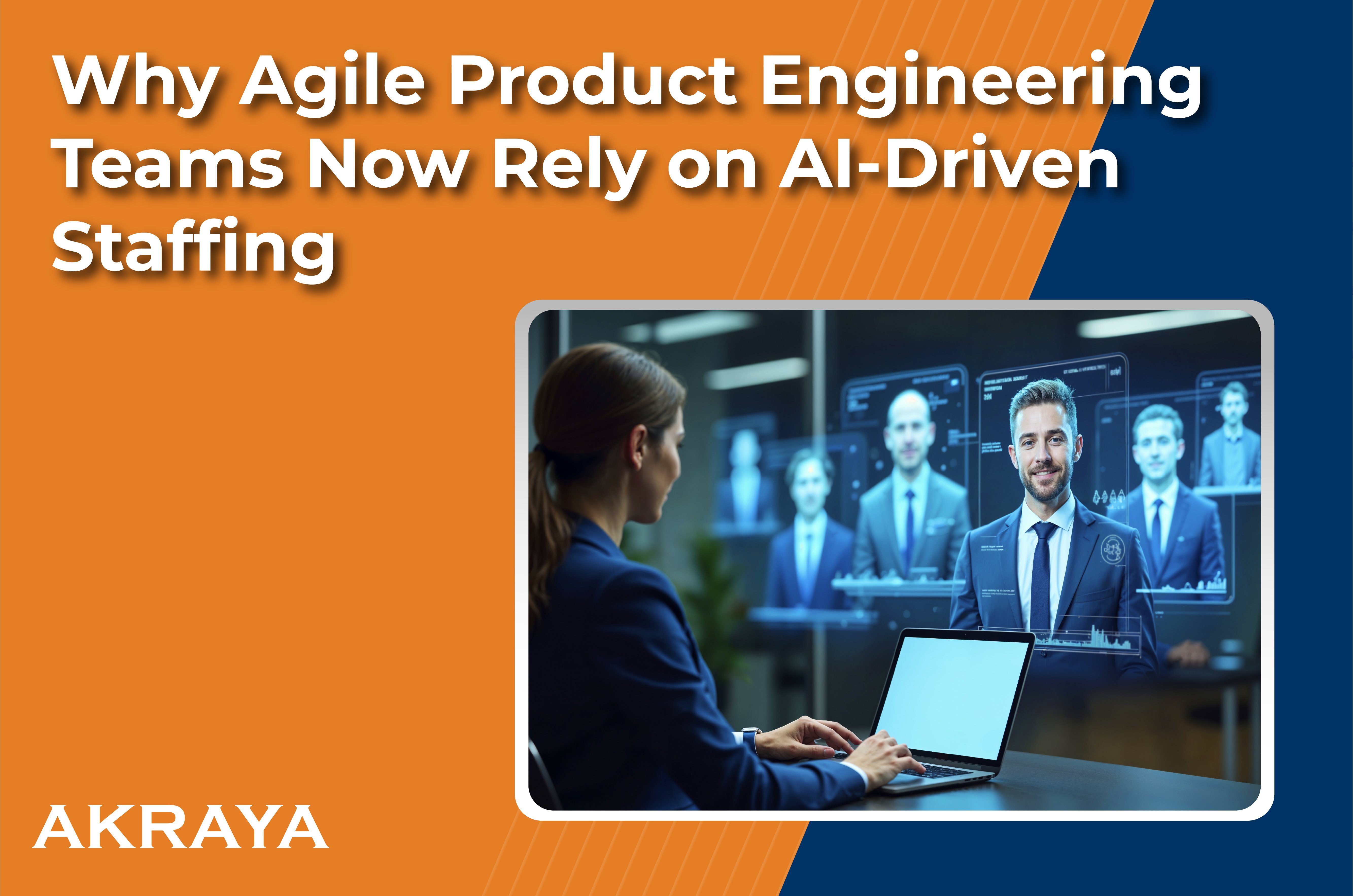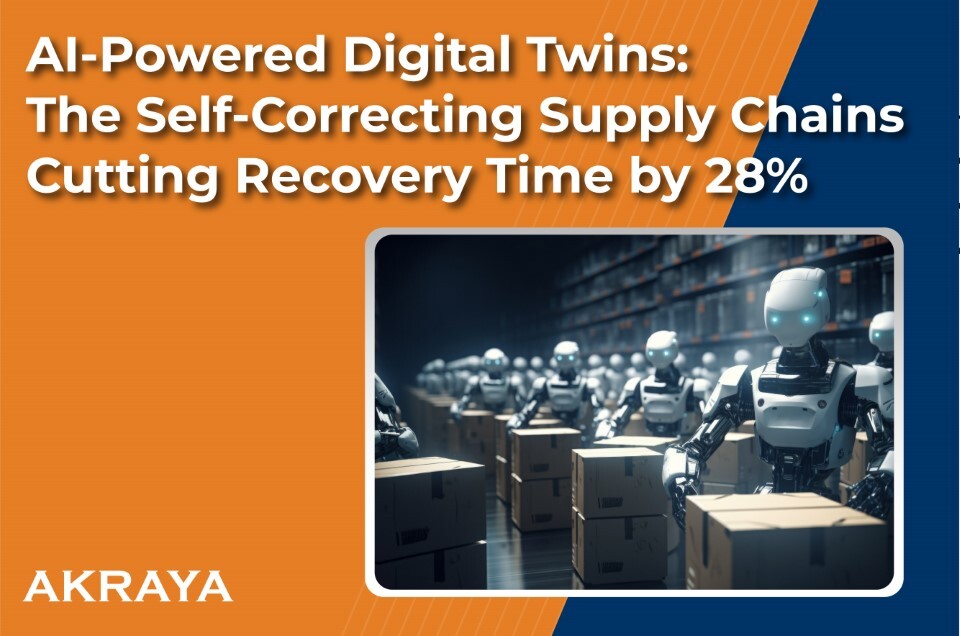Scaling Smarter: AIOps Strategies to Reduce Failures and Boost Managed Services Efficiency
Scaling Smarter: AIOps Strategies to Reduce Failures and Boost Managed Services Efficiency
2 min read
Rinki Yumnam : October 10, 2025

Product teams are constantly seeking ways to innovate, optimize, and deliver exceptional user experiences. Emerging technologies like artificial intelligence are reshaping traditional workflows, offering unprecedented opportunities to improve design, testing, and user engagement. This blog explores how AI is transforming UX research, highlights the potential risks, and provides actionable best practices for organizations and their technology partners.
It’s 2025 and AI is fundamentally reshaping how products are designed, tested, and optimized for users. Where UX research once relied primarily on interviews and observational studies, it now leverages AI-driven insights to provide real-time behavioral analytics, predictive feedback, and automated design validation. For tech product organizations, this shift represents both a significant opportunity and a careful balancing act. AI accelerates research cycles, improves accuracy, and enables teams to align user experiences with actual behaviour, but it also introduces new risks that must be managed responsibly.
Opportunities: How AI Creates Faster, Smarter, and Data-Driven UX Research
AI enables UX research teams to analyze massive datasets from heatmaps, clickstreams, and sentiment analysis, uncovering patterns that would take humans far longer to detect. Generative AI can simulate diverse user personas, automate survey analyses, and even predict the impact of design changes on user engagement. These capabilities allow UX teams to iterate more quickly, personalize experiences, and optimize designs based on actionable insights. Tech product organizations that embrace AI in UX gain faster innovation cycles, data-driven decisions, and more precise alignment with user intent. Learn more about Akraya’s Human Experience (HX) solutions
Risks: Addressing the Challenges of AI-Driven UX Research
Despite these advantages, AI-driven UX research comes with challenges. AI outputs are only as reliable as the data they are trained on, and flawed or biased datasets can result in inaccurate conclusions and suboptimal design choices. Privacy and consent issues are heightened when analysing large-scale user interactions or behavioral data. Overreliance on AI without human oversight may lead to products that miss the nuances of user behaviour, reducing the overall effectiveness of UX initiatives. Organizations must navigate these risks thoughtfully to ensure AI enhances rather than diminishes the user experience.
Best Practices: How MSPs and IT Partners Can Support Ethical and Effective AI in UX
Managed Service Providers, IT staffing firms, and technology partners supporting AI-driven UX research should focus on building frameworks that combine ethical AI use with skilled human input. Strong data governance practices are critical to uphold privacy and compliance standards. Predictive analytics tools help anticipate usability challenges before they impact users. Cross-functional collaboration between UX researchers, data scientists, and AI engineers ensures holistic problem-solving. Continuous upskilling of UX professionals in AI literacy enables teams to interpret insights effectively. Maintaining human oversight ensures empathy and qualitative judgment remain at the heart of design decisions.
Organizations that integrate AI responsibly into UX research are better positioned to accelerate innovation and create meaningful connections with users. By combining the analytical power of AI with human-centered design, companies can build products that are both technologically sophisticated and intuitively aligned with user needs.
Partner with Akraya to Integrate UX, AI, and Product Teams Seamlessly
At Akraya, we help organizations blend human-centered design with advanced technology through skilled UX, AI, and product teams. Whether you are modernizing product experiences or scaling research capabilities, our staffing and managed services solutions provide the right expertise at the right time. Partner with Akraya to build UX and AI teams that design for the future.

Akraya transformed application infrastructure into a $900M+ revenue accelerator, enabling scalable growth and future-proofing against next-gen demands.

Akraya’s talent-on-demand strategy transformed merchandising into a predictive revenue engine, driving $8.4B in new sales and enabling the most responsive omnichannel system in the industry.

Scaling Smarter: AIOps Strategies to Reduce Failures and Boost Managed Services Efficiency

In 2025, building a product engineering team isn’t just about hiring fast—it’s about hiring smart. The rise of AI-driven tools and modern staffing...

AI Powered Digital Twins: The Self-Correcting Supply Chains Cutting Recovery Time by 28 Percent